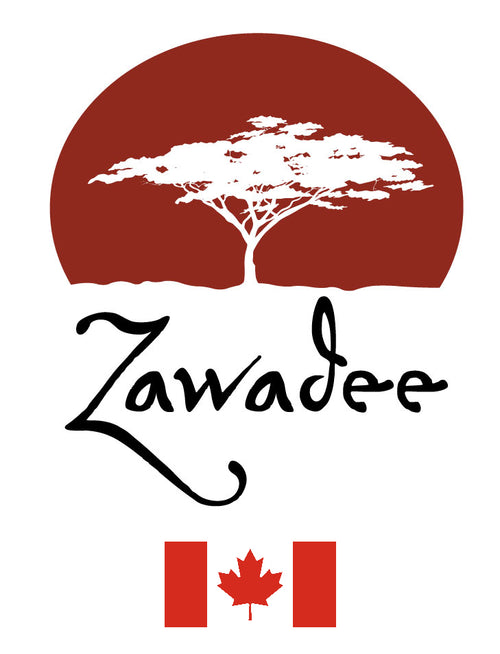7 Signs You Should Invest in Makonde Art
One of the most interesting forms of African art - one that we are seeing more and more in homes around the world - is Makonde artwork and sculpture Makonde artwork and sculpture . It is the visual appeal and abstract nature of the hand carvings especially that intrigue people, making these pieces very desirable in both home and office décor.
About Makonde Art
Makonde art has become popular in Western culture because of the fascinating nature of the pieces and the history of the Makonde culture. The Makonde peoples from Mozambique and Tanzania are known for their hand carved wood pieces in the global artistic community.








- You are a fan of wood carvings: If you love wood carvings, there are perhaps none finer than those from the Makonde. From wood masks, sculptures, and even household items, there is no shortage of intriguing pieces to add to your personal collection.
- Your home is filled with unique items: If your home décor and design is based on unique items, a piece from the Makonde will fit in perfectly. Add a piece on your mantel, in a display case, or make it the focal point of your living room. Selecting a Limited Edition carving will add a unique touch to any room.
- You want rare items: No two pieces of Makonde art are the same. The pieces are not common here in North America, and you can spend hours looking for a piece that has a rare look and the meaning that you desire.
- You are an art collector: No art collection is complete without a unique piece from the Makonde artisans of Tanzania or Mozambique. The high degree of detail and mystique in these pieces make them a must-have for your collection.
- You have been to Africa and love the culture: One trip to Africa is all you need to fall in love with the art and culture of the Makonde. Having the chance to see artisans first hand and view the intricate carvings and masks in person will make you want to invest, Bringing Africa Home with you
- The Shetani has you intrigued: There is something very intriguing and fascinating about the mythology and story of the Shetani and the dominant role it plays in African culture. It is represented in so many different ways, and the diverse humanistic and animalistic forms it takes on in Makonde art is attention grabbing.
- You are looking for an out of the ordinary décor piece: If you want to break out of cookie cutter design, adding an African mask or unique sculpture is the perfect solution. A piece from the Makonde can easily become the centerpiece or focal point of a room in your home. Fusion or global décor is beautifully communicated by the addition of a unique piece of African handcarved sculpture.








 About the Artists and the Canvas
Family tree sculptures can be as tall as 6 feet, taking artisans up to 9 months to complete. However, they also come in many other sizes, ensuring you can find the perfect carving for your home or office decor.
About the Artists and the Canvas
Family tree sculptures can be as tall as 6 feet, taking artisans up to 9 months to complete. However, they also come in many other sizes, ensuring you can find the perfect carving for your home or office decor.